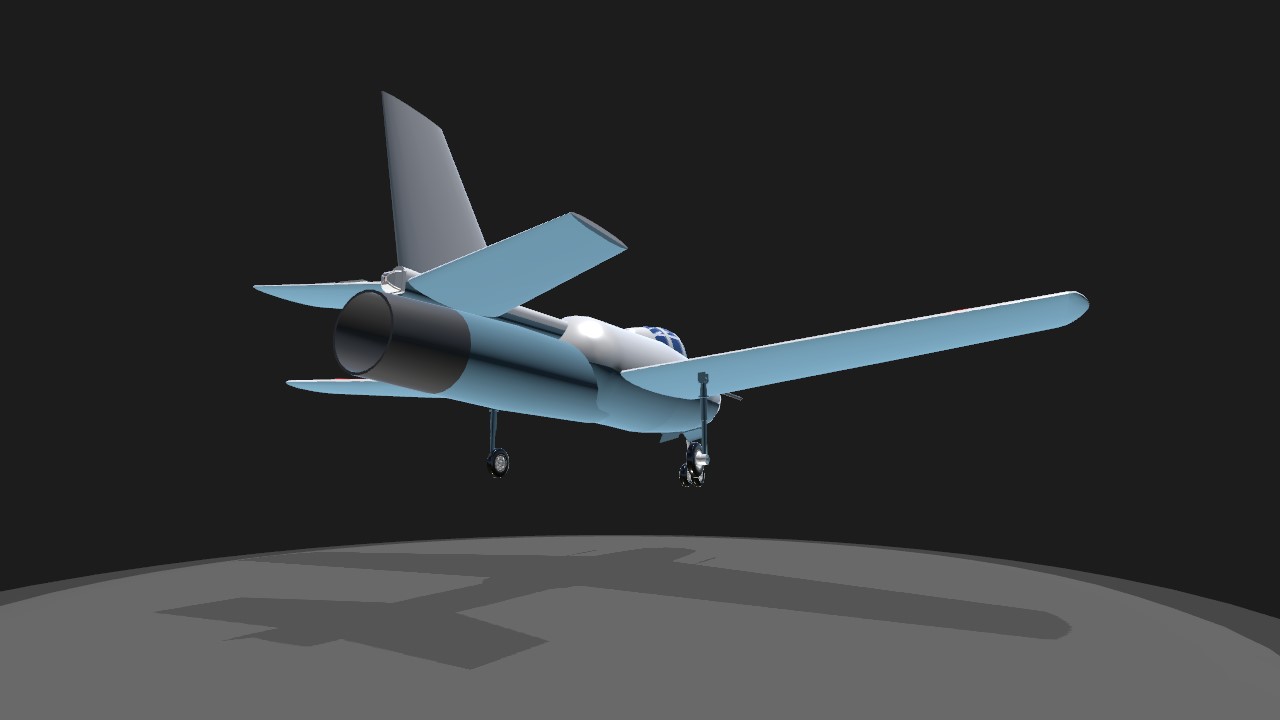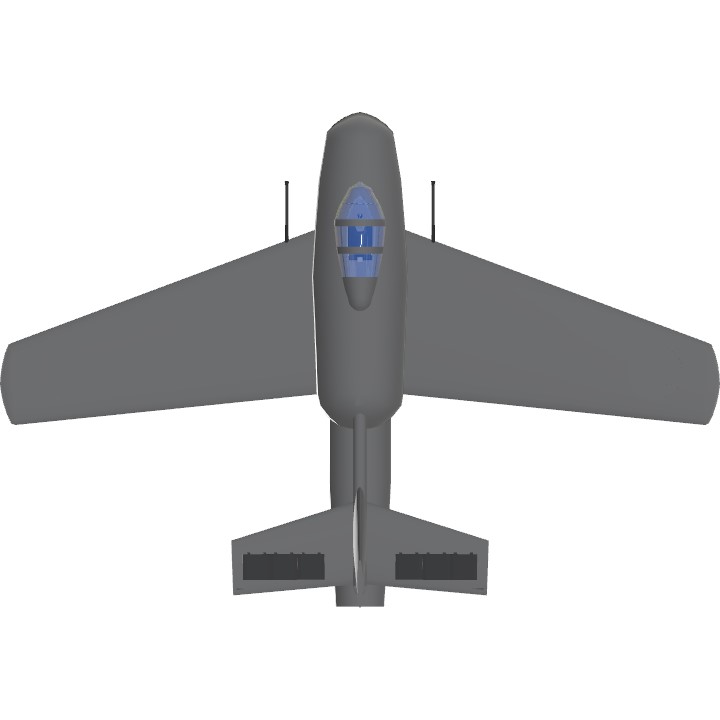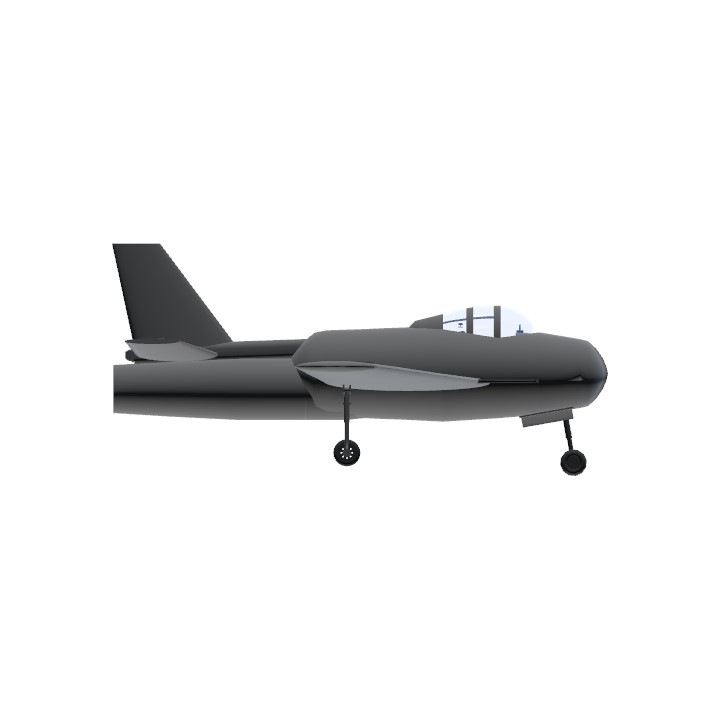The "Arsenal VG-110" was a rocket-powered emergency bomber interceptor project, based on the ME-163 that was first conceived by the Luftwaffe in occupied France during the 1940s in World War II. First called the "Messerchmitt ME-151 Kobold" by the Germans, it went through various concepts, airframe designs and test flights until the final concept took shape in 1944, months before the Allies liberated France. After the war, the French kept the prototypes and instead of scrapping them, they decided to study their characteristics for future air projects and finish designing them, because France lost all its air force during 1940. Four years later, now with the potential threat of the Cold War and the invasion of the Soviet Union over Europe, the French high command ordered to begin mass production of the Arsenal VG-110 and have them ready for a possible air invasion of the Soviet Union, but this never happened, the threat had subsided and the Arsenal VG-110 that were in the hangars never served their purpose, except for some test or maintenance flights. After this, they were decommissioned in 1951 and most of the Arsenal VG-110 fighters were scrapped except for three models which were preserved in the Musée de l'Air et de l'Espace (France's Air Museum).
Specifications
Spotlights
- HudDistance 11 months ago
General Characteristics
- Created On Windows
- Wingspan 43.0ft (13.1m)
- Length 29.6ft (9.0m)
- Height 13.9ft (4.2m)
- Empty Weight 6,275lbs (2,846kg)
- Loaded Weight 6,275lbs (2,846kg)
Performance
- Wing Loading 20.1lbs/ft2 (98.1kg/m2)
- Wing Area 312.5ft2 (29.0m2)
- Drag Points 252
Parts
- Number of Parts 165
- Control Surfaces 5
- Performance Cost 753






